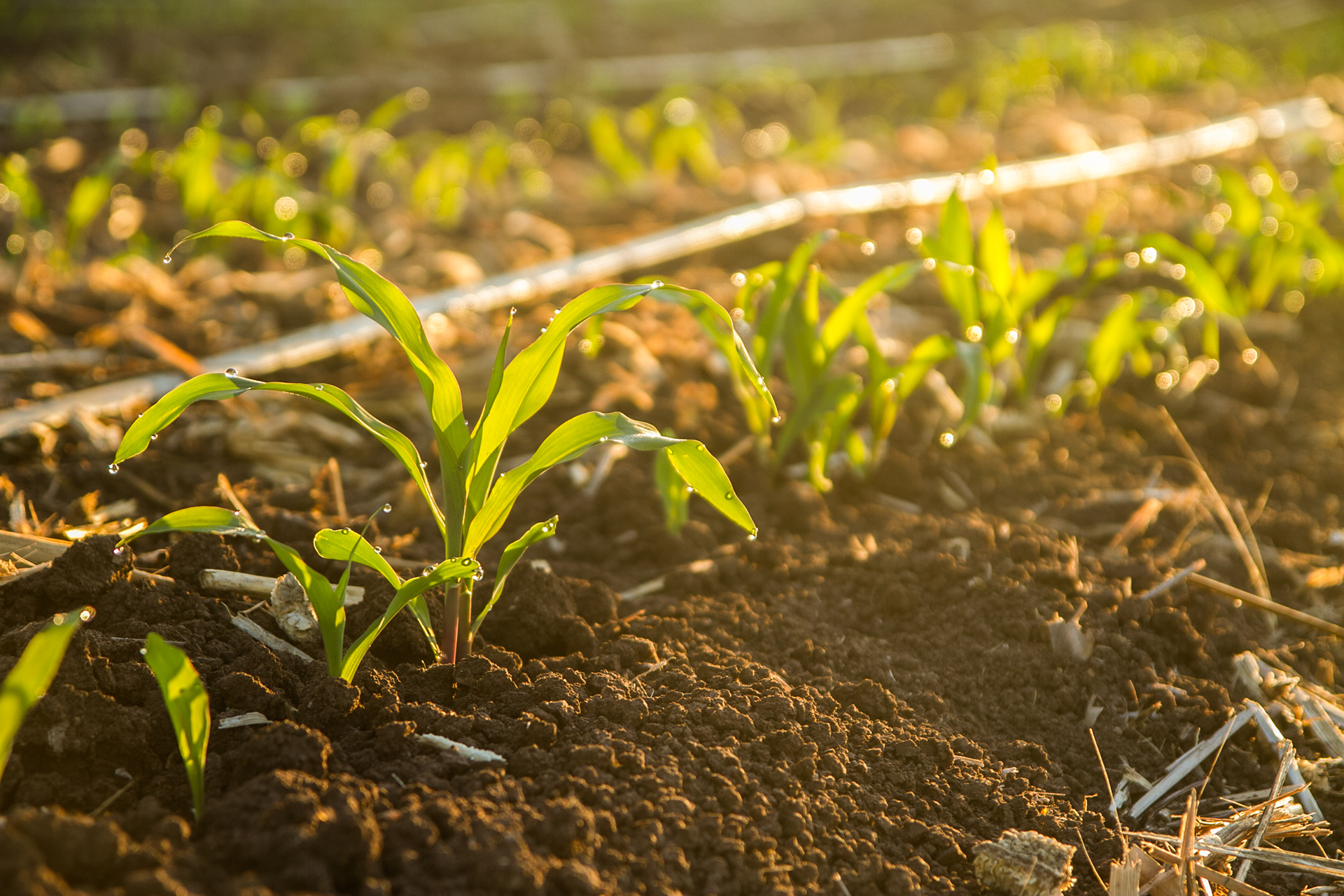Hartenberg Estate has become the first wine farm in the country – and only the second worldwide – to achieve regenerative verification under the Ecological Outcome Verification (EOV) framework: a significant achievement for Hartenberg and the local wine industry!
Through innovative regenerative practices, scientific verification, and measurable outcomes, Hartenberg not only manages its environmental impact but also provides a powerful example of how regenerative farming methods can transform agriculture, restore ecosystems, and produce exceptional wines, setting a new benchmark for regenerative viticulture.
The Mackenzie family, who has owned the Hartenberg Wine Estate since 1987, has always championed regeneration as their core philosophy. “The focus is on working with nature. The estate’s now-verified regenerative viticulture practices emphasise long-term sustainability, achieved by enhancing soil health, increasing biodiversity, and improving ecosystems,” says Tanya Browne (née Mackenzie).
Core regenerative viticulture principles at Hartenberg include cover crops, holistically controlled livestock grazing, minimum-till methods, organic composting, eliminating chemical pesticides and fertilisers, and enhancing biodiversity for a balanced ecosystem.
These regenerative viticulture practices restore soil health for healthier vine growth and long-term sustainability, and also offer further ecological and economic advantages.
For example, by increasing the capture and storage of carbon from the atmosphere in soil – known as carbon sequestration – regenerative practices help mitigate climate change, improve soil carbon levels and health, and build ecosystem resilience. By improving water retention, regenerative practices reduce erosion, water runoff and irrigation needs. Organic waste composting improves soil structure and boosts yields. Furthermore, cost savings, less water pollution, enhanced biodiversity, and positive market differentiation are achieved through reduced reliance on agrochemicals.
Measurable impact, scientifically verified
The regenerative practices at Hartenberg have yielded measurable environmental and agricultural benefits, now verified through EOV.
EOV – a global, scientifically rigorous, outcomes-based verification – evaluates the real-world ecological outcomes of regenerative farming. Using data, metrics and analysis, EOV evaluates measurable outcomes covering soil carbon levels and health, water infiltration, ground cover, and biodiversity.
Operated by the Savory Institute, and supported locally by TruQuest, an accredited Savory Hub, EOV is the primary prerequisite in the Land to Market (L2M) programme, which connects consumers with products sourced from land verified as regenerating ecologically, ensuring transparency and traceability in the supply chain.
Hartenberg underwent a comprehensive EOV verification, which involves regional calibration adapting the monitoring framework to the local environment; annual assessments that generate an Ecological Health Index; and long-term evaluations conducted every five years.
The EOV verification process is conducted independently by accredited Verifiers and Monitors with extensive regional expertise. It follows a global quality assurance program supported by robust procedures and protocols. Once monitoring is complete, the data is reviewed by the regional Savory Hub Verifier and then by the Global Quality Assurance team.
“Unlike process-based certifications, EOV’s outcomes-based verification ensures that regenerative practices deliver tangible environmental benefits, such as improved biodiversity, soil health and carbon levels, and water management. This approach allows Hartenberg to effectively demonstrate the measurable impacts of regenerative practices,” says Rolf Pretorius, Director at TruQuest. “In addition to verification, the EOV processes produce actionable insights for informed decision-making to sustain ongoing soil regeneration.”
Hartenberg’s regenerative viticulture practices
Since 2010, Hartenberg has incorporated multi-species cover crops to improve soil structure, enhance biodiversity, and provide fodder, thereby reducing herbicide usage significantly, minimising chemical fertilisers, and improving soil health and water retention.
Holistic controlled grazing, introduced in 2017, involves carefully managed cattle grazing to add nutrients, stimulate plant growth, and aerate the soil. Initial soil analyses indicate that the introduction of holistic controlled grazing animals is having a positive impact on both plant and soil health.
In addition, for over 20 years, Hartenberg has employed natural predators like ladybirds, wasps and owls to maintain virus-, pest- and rodent-free vineyards while promoting local biodiversity and a balanced ecosystem.
Furthermore, Hartenberg’s composting initiatives convert food and plant waste into nutrient-rich mulch to reduce waste and improve soil health. A decade-long project of clearing invasive species has also revitalised Hartenberg’s 65-hectare wetland area, leading to the return of indigenous flora and fauna, enhanced water retention, and improved ecosystem health.
Enhancing wine quality through regeneration
At Hartenberg, the pursuit of quality wine is intrinsically tied to the health of its environment. While research is ongoing, initial studies in collaboration with Stellenbosch University, revealed that improved soil health in vineyard parcels where holistic controlled grazing is utilised, has a noteworthy influence on the flavour profile, aroma and chemistry of wine.
For example, grapes from grazed vineyard blocks have elegant, fresher flavours and aromas, improved chemistry, and a softer, smoother texture, making it even more enjoyable to drink. The grapes also ripen with lower sugar levels for balanced, well-rounded wines with ideal acidity and slightly lower alcohol content.
“This connection between soil health and wine quality underscores the importance of ecological balance in winemaking,” comments Browne. “The results show that when the environment thrives, so does the quality of our wine.”
Addressing climate change
Rising temperatures and declining rainfall are significant challenges for local viticulture. Hartenberg’s holistic regenerative practices directly address these issues by improving soil carbon levels, enhancing water retention, and strengthening vines against heat and drought. As Wilhelm Joubert, Hartenberg’s Viticulturist, notes, “Healthy soil and land are essential assets for both the environment and the long-term success of the farm.”
Leading the way in regenerative viticulture
Hartenberg, now verified through EOV has applied for the global Land to Market verified seal, further solidifying its commitment to regenerative agricultural practices in viticulture.
“For Hartenberg, this verification reinforces our core philosophy of regeneration. For wine lovers – increasingly looking for responsibly-made wines, that are also healthier and more enjoyable – it is an assurance of our dedication to environmentally responsible and sustainable winemaking,” concludes Browne.
“It also sets a new benchmark for regenerative agricultural practices in viticulture in South Africa and beyond, and positions Hartenberg as a local and global leader in ecological stewardship and climate resilience.”








